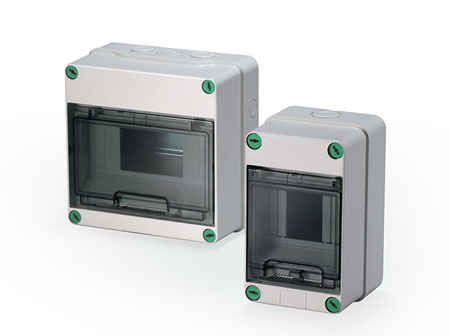In electrical systems, a distribution box, also known as a breaker box or distribution board, plays a critical role in managing and distributing electrical power within buildings. It serves as a central point where incoming electrical supply is divided into multiple circuits, each serving different areas or types of electrical appliances. Understanding its features and functions is essential for ensuring safe and efficient electrical distribution.
-Main Switch or Breaker
distribution box includes a main switch or breaker that controls the entire electrical supply entering the building. This switch allows for the isolation of power during maintenance or emergencies.
-Individual Circuit Breakers
Inside the distribution box, there are separate circuit breakers for each electrical circuit. These breakers protect against overcurrent situations that could lead to electrical fires or damage to appliances.
-Busbars and Connections
Distribution boxes contain busbars—metal strips or bars—to which the circuit breakers and other electrical components are connected. These ensure proper distribution of electrical current throughout the circuits.
-Safety Features
Modern distribution boxes are equipped with safety features such as grounding connections and insulation to prevent electrical shocks and ensure safe operation.
-Electrical Distribution
The primary function of a distribution box is to distribute electrical power from the main supply to different circuits throughout the building. Each circuit is designated for specific areas or types of appliances, managing the electrical load effectively.
-Overcurrent Protection
Circuit breakers within the distribution box automatically trip (open) when they detect overcurrent conditions caused by short circuits or overloads. This protects wiring, appliances, and the building from potential damage.
-Organization and Control
Distribution boxes provide a centralized location for organizing and controlling electrical circuits. Labels and indicators help identify which breaker controls each circuit, facilitating maintenance and troubleshooting.
-Metering and Monitoring
In some installations, distribution boxes may include meters for measuring electrical consumption per circuit. This allows for monitoring and optimizing energy usage within the building.
3.Conclusion
In conclusion, a distribution box is indispensable for safely distributing electrical power within buildings while providing essential features like circuit protection, organization, and control. Understanding its components and functions ensures efficient electrical management and contributes to overall safety in residential, commercial, and industrial settings.


